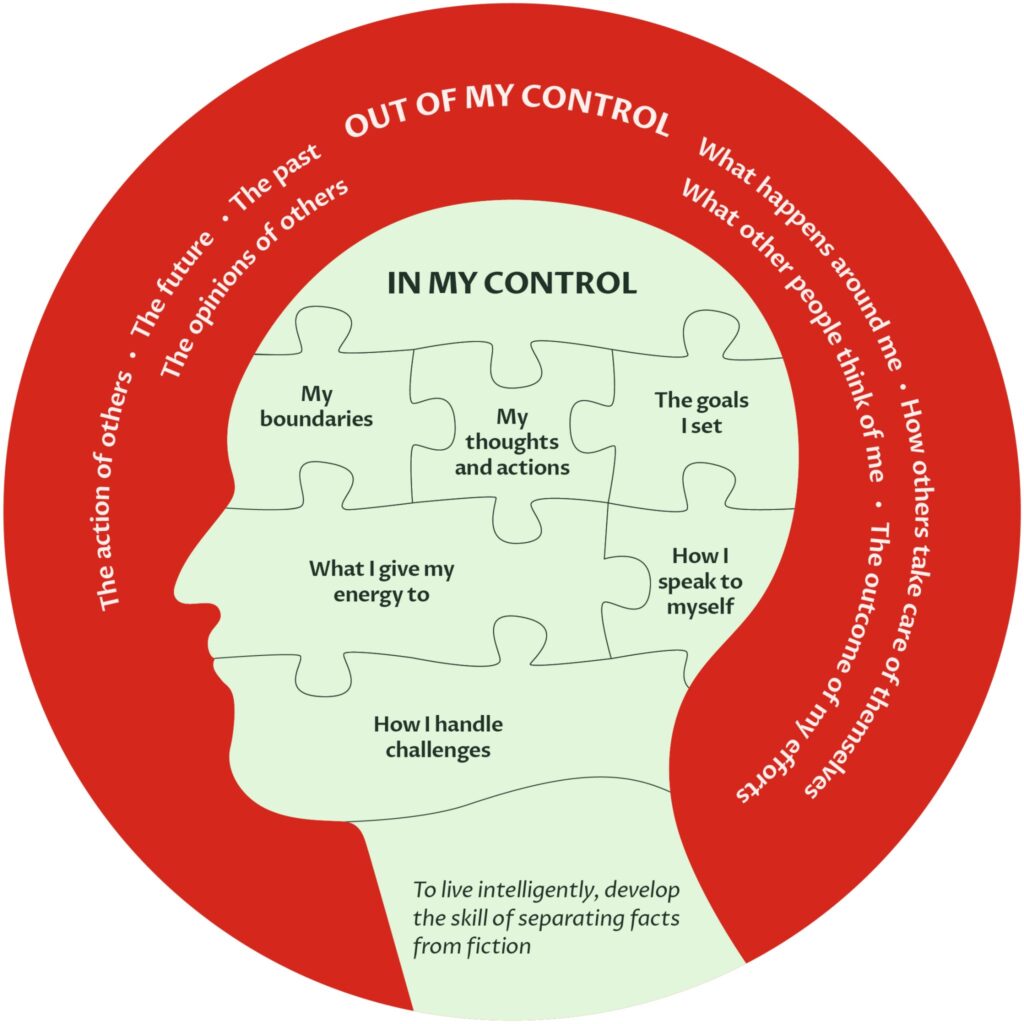How to Get Unstuck
First published on The Hard Copy.
If you are feeling stuck, know that you are not alone.
A difficult relationship, an unfulfilling job, struggling with a habit, not having a meaningful goal, inability to make a decision or just feeling anxious and unanchored – we have all experienced these challenges.
What can make us feel stuck?
Here are the three broad buckets that most reasons will fall under.
#1. Seeking external validation to feel fulfilled
The constant pressure of meeting expectations, coupled with the fear of being judged can be exhausting. Our societal and media patterns have heightened comparison and our fear of being invisible.
We are more wired than ever before, to seek external validation in order to feel successful.
#2. Our environments or relationships are misaligned with our personal needs
Our needs change with time and a job that was stimulating, or a relationship which was promising, can now seem like a noose around our neck. At the other extreme, we could be stuck in the past, refusing to acknowledge that our world has changed and demands that we change too.
#3. We feel alone, without support
Stepping out of our comfort zone, or believing that we are alone without any support, can be frightening and even paralysing.
The ‘GPS’ for getting unstuck
A few simple steps can help you move forward from the status quo. None of these are difficult to do – all they need from us is the will to change. Think of these as the GPS for getting unstuck.

Let me explain this with an example. Recently a client, who is a successful founder, was feeling stuck because they needed to give harsh feedback to a senior team member who had been part of their team since inception.
This is what I recommended that he do – and you’ll find this will work for you in a similar situation.
1. Set the intention and plot your current location
The first and most fundamental step is to set an intention, a desire to get unstuck.
A good beginning is to sit at a quiet place with some writing material. Begin with a few deep breaths, become aware of any sensations or discomfort in any particular part of the body. It may be just a frown. Become aware and stay with it instead of avoiding it, running away or distracting yourself. Acknowledge that you are feeling stuck. Make a note of what you are feeling stuck about. Just as you put your current location in the GPS app, this note will plot where you are now.
In our example, the founder’s current location could be :
Feeling the weight and hesitation of calling out the senior team member because:
- She/ he has a long association with the company
- The company will suffer if she /he leaves at this point
- An appropriate replacement will take time
- The team member could break down
- I get cold feet when I am forced into a confrontation
- I don’t trust my temper
Own it – only then can you change it.
2. What is your desired location?
The next step is to spell out as clearly as you can what you really want.
It is very important to use the right language when you do so. Mother Teresa was once asked if she would support an anti-war campaign. In reply, she asked the organisers to call her when they planned a pro-peace campaign.
Do NOT articulate where you don’t want to reach. Instead, specifically mention your destination just as you would while using a GPS.
In our example, the destination could be:
X is causing long-term damage to the business and this must be stopped and work brought back on track at the earliest. Therefore she/he must be given feedback immediately and the consequences spelled out. I am clear that my desired outcome is to get rid of / warn/ shake her/him into action.
3. Identify your sphere of control
How do you chart a feasible path from your current location to your destination? To do this, you need to identify what you CAN control and I call this separating fact from fiction.

Fact: Factors which are within our partial or total control to change.
Fiction:Aspects which are outside our control to change.
Let’s go back to our example. Here’s a suggested line of thought:
- Why are you hesitant to provide feedback? Are you not convinced, is it a deep desire to be liked or is it an ingrained fear of confrontation? It is critical to know where your own behaviour stems from.
- Review your language – replace harsh words with honest and factual feedback
- Be crystal clear about the situation. Do you have all the data you need to lay out your case? Have you plotted possible scenarios that could ensue from this meeting, and your reaction/ plan for each of them?
- Call the meeting and calmly, factually provide the feedback
- Be aware of your own feelings as you speak, and allow space for the team member to share theirs.
- Discuss options to resolve the situation and offer any immediate support the team member may require.
- The team-member reacts by apologising and committing to resolve the situation, or she/he breaks down and leaves the room, or she/he denies responsibility and chooses to leave the company.
- Put into action the plan you have devised for each of the possible scenarios
Points 1 to 6 and 8 are facts, all within your control to start working on.
Point 7 is fiction. You can be prepared, but you cannot control the outcome.
Instead of feeling paralysed, recognise HOW MUCH is within your control.
Celebrate your effort of forging this first path on your personal GPS. Rest, exercise, eat well and let it bake for a few days.
4. Finding alternative paths
After a few days, go back to your quiet place to give yourself the benefit of fresh perspectives and create alternative paths.
Remember that there is always more than one way to get to your destination.
Every time you clarify fact from fiction, it is an opportunity to recalibrate.
5. Start driving
Your final fact list is now ready for action.
Be kind and fair to yourself by taking one small step at a time.
Every small win adds up and brings you one step closer to being unstuck.
If you are a perfectionist, tell yourself that 80% is the new 100%.
In case you find yourself procrastinating, go granular and break up each step into bite size pieces of 20-25 minutes of focused work interspersed with short breaks. If inertia or self-doubt is still consuming you, support yourself by making decisions in other areas where you aren’t stuck, to regain your own trust.
Most importantly, make peace with factors not within your control.
6. Enjoy the journey
Your inner voice of self-doubt, incorrect plotting of fact and fiction, inertia, expecting instant results or giving up, can be deal-breakers and keep you stuck.
Loop back to your quiet place, your breath, your support system, and your fact- fiction list as often as you need to. Rome was not built in a day and neither was your feeling of helplessness.
Gift yourself the patience that you need, just as you need to refuel your car, or when there is an unexpected traffic hiccup.
Be prepared that this process of clarifying your destination and your lens of fact vs fiction may throw open a new, and as yet unconsidered possibility or destination.
Be realistic and reasonable. Keep your hands on the wheel, your eyes on the GPS and your car moving on the road.
Good luck and all the best for 2024.
